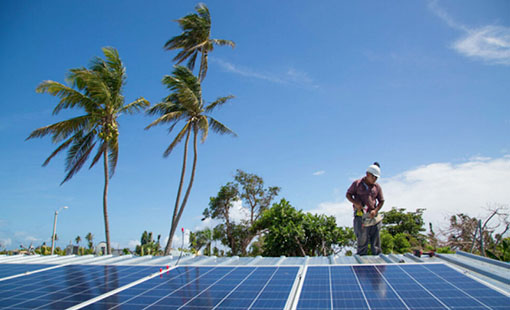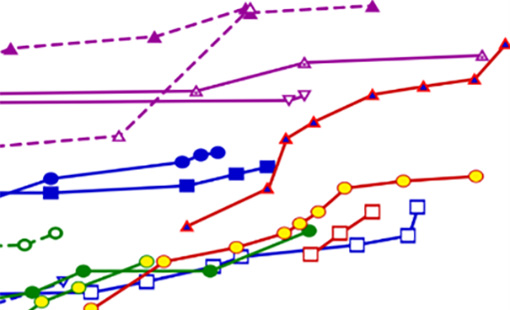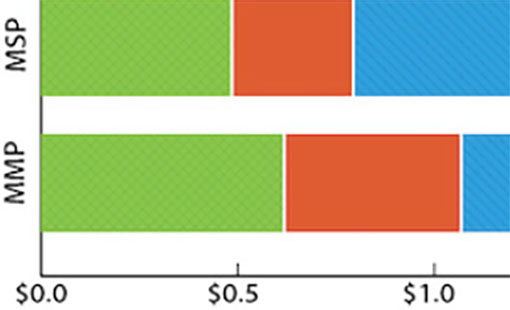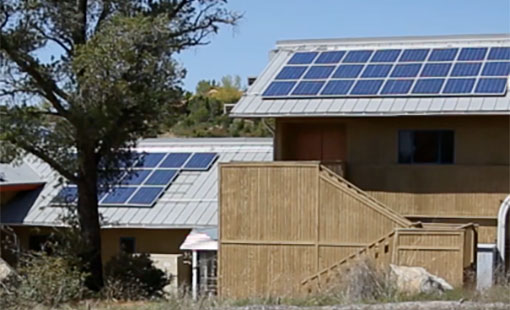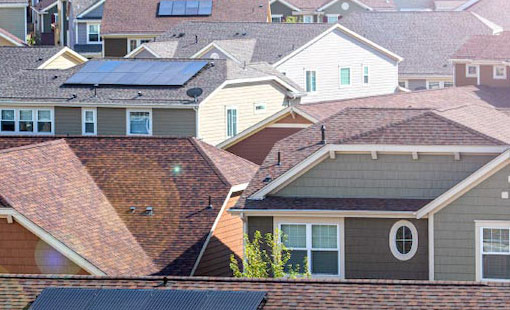Solar Newsletter—January 2023
The Solar Newsletter is an electronic newsletter that provides information about NREL's research and development of solar technologies.
Subscribe to the Solar Newsletter or see the archives.
A Treasure Trove for Rural and Commercial-Scale Solar Projects
Twenty-two publications from the Solar Energy Innovation Network provide a blueprint for communities pursuing projects focused on solar-plus-storage, the resilience benefits of solar, and the value of solar in electric distribution systems.
Dive Into the Data With an Interactive Version of Popular Cell Efficiency Chart
For decades, NREL has tracked the evolution of various solar technologies—from silicon to quantum dots—on the Best Research-Cell Efficiency Chart. Now, a new interactive chart lets you dive deeper into the data and export your own, customized versions.
Tracking PV and Energy Storage Prices in a Volatile Market
Like much of the U.S. economy last year, prices soared in the PV and energy storage markets. NREL's Q1 2022 PV cost benchmark report is the first of the annual reports to use two types of benchmarks to help distinguish the impacts of short-term market distortions from the impacts of longer-term technology trends.
SMUD Tests NREL Automation Tool for Interconnecting Customer Solar to the Grid
A team from NREL and the Sacramento Municipal Utility District (SMUD) has developed a tool to enable utilities to assess solar interconnection requests in a fast, robust fashion while still being technically thorough.
PV Windows Could Increase Energy Efficiency of Skyscrapers
Buildings account for more than a third of the world’s energy consumption. But by combining PV with high thermal-performance window technologies, new buildings can become a critical tool in combatting climate change.
SolarAPP+ Prize Helps Communities Adopt Automated Solar Permit Processing
SolarAPP+ is an online platform that instantly issues permits for code-compliant residential PV systems. Twelve communities from nine states were selected for the first round of the SolarAPP+ Prize to help more communities adopt the automated platform.
Research Highlights
2022 Standard Scenarios Report: A U.S. Electricity Sector Outlook
Atomically Thin Interlayer Phase from First Principles Enables Defect-Free Incommensurate SnO2/CdTe Interface, Applied Physics Review (2022)
Row Spacing as a Controller of Solar Module Temperature and Power Output in Solar Farms, Journal of Renewable and Sustainable Energy (2022)
Compositional Texture Engineering for Highly Stable Wide-Bandgap Perovskite Solar Cells, Science (2022)
Clean Energy Technology Pathways From Research to Commercialization: Policy and Practice Case Studies, Frontiers in Energy Research (2022)
Staff Profile – Rebecca Mitchell
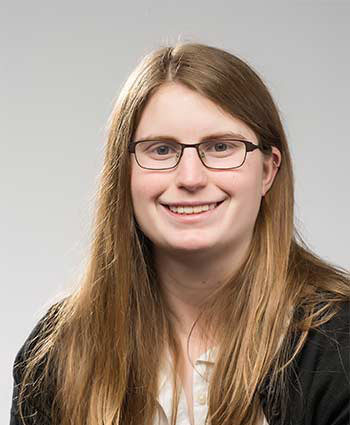
Researcher, Mechanical Engineering
Materials, Chemical, and Computational Science Directorate
Rebecca Mitchell has been a researcher at NREL for 4 years and serves as the team lead on the development of the non-intrusive optical technology, which surveys concentrating solar power solar fields using unmanned aircraft system imaging. She performs algorithm development and theoretical modeling to develop technologies to characterize heliostat optics.
She has led unmanned aircraft system data collection campaigns of heliostats at Sandia National Labs, Crescent Dunes plant, and Cerro Dominador plant. She has been involved in three publications and a recently issued patent for the non-intrusive optical technology. Mitchell has mentored several graduate and Science Undergraduate Laboratory Internships interns and now serves as the lead of the resource, training, and education topic for the Heliostat Consortium project. She received her doctorate and master's degree in applied mathematics from the University of Colorado at Boulder in 2017.
"It is exciting to be a part of a dynamic team at NREL that, every day, works together to create technologies and research that will improve the lives of people for generations to come."
Share

